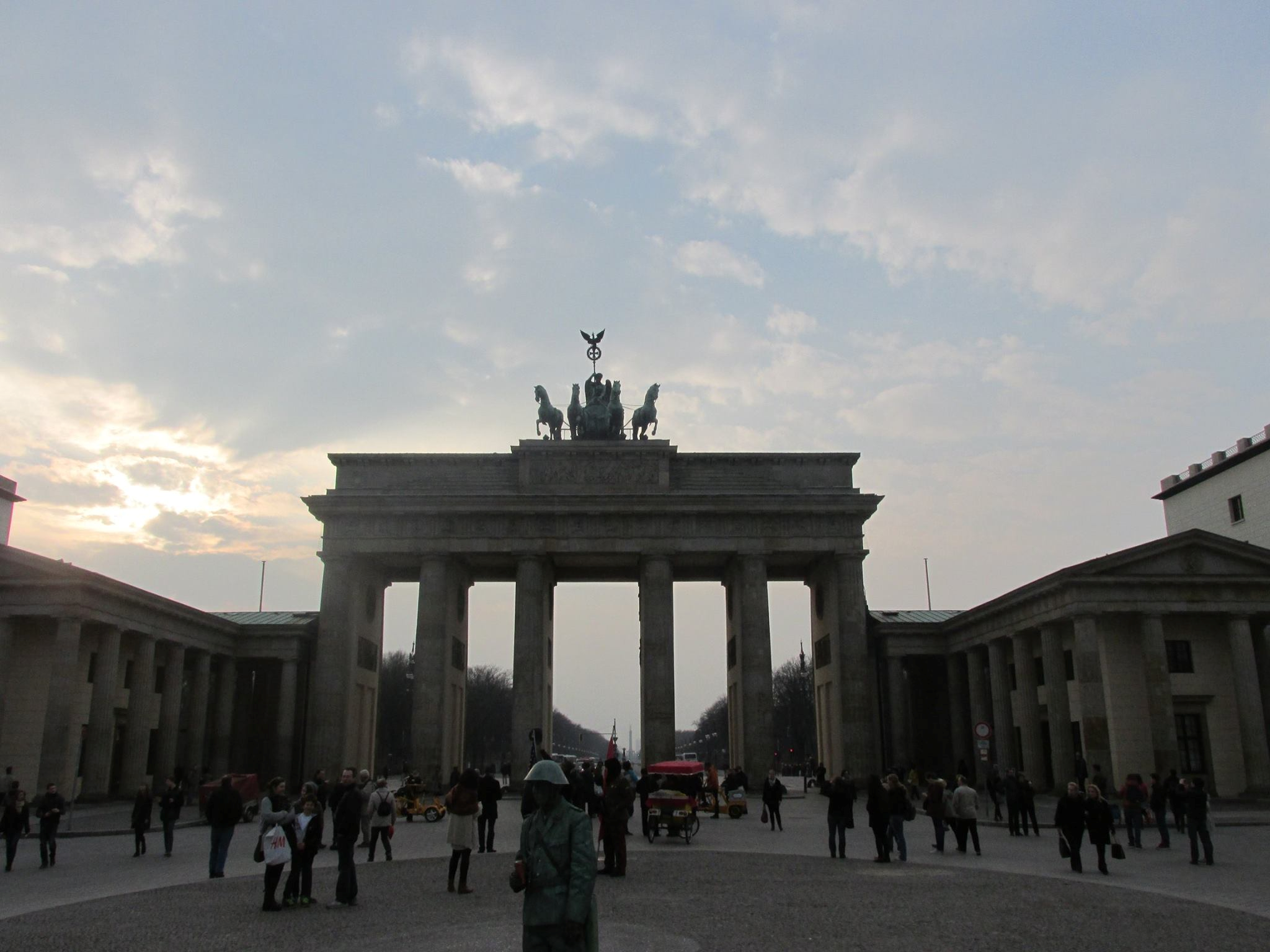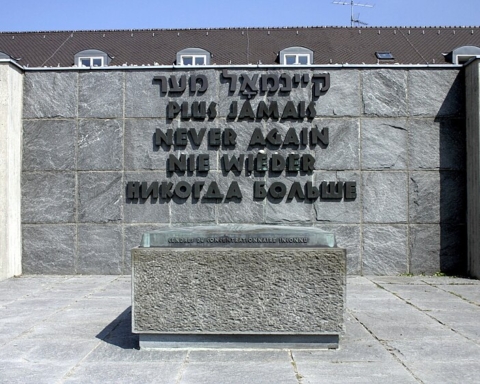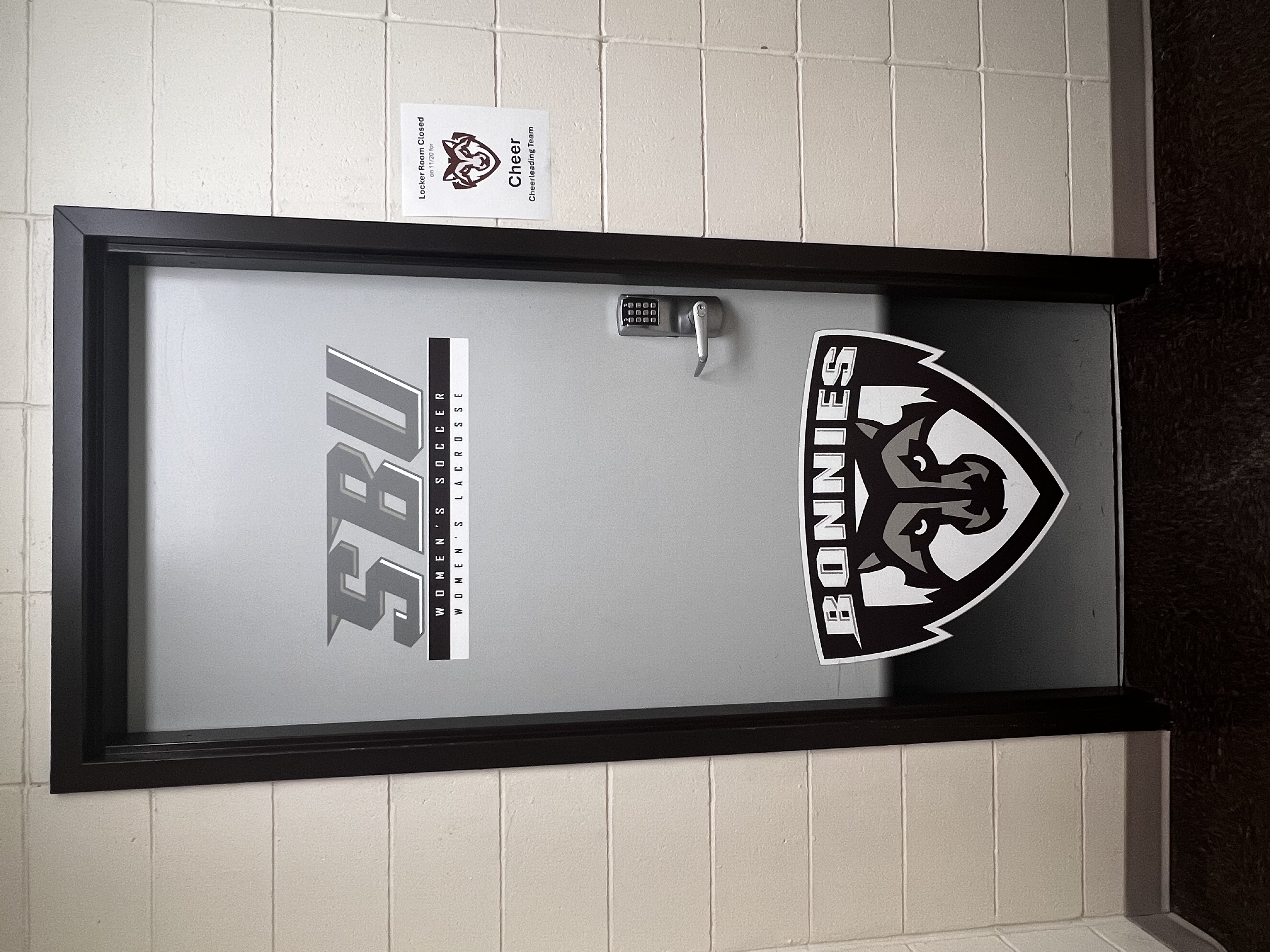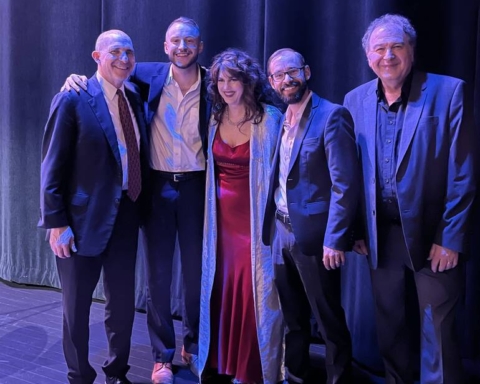By Harrison Leone
Czech Correspondent
When I prepared to come to Prague, I made a list of places in Europe that I wanted to visit over the next four months. In no particular order, I decided Krakow/Auschwitz, Naples, Dresden and Bruges were the absolute non-negotiables. Obviously, I wanted to go anywhere and everywhere possible, but these four places took priority in my mental itinerary.
Berlin, however, fell in the category of somewhere I would readily go if the opportunity presented itself, if only to indulge my wanderlust. My roommates organized a three day, four night trip, and I eagerly tagged along and set about researching the city. At the very least, I expected a trip full of excitement and adventure. By the end of the trip, it had become clear I painfully underestimated all the city had to offer.
Berlin was unlike any other place I’ve been, European or otherwise, in so many different ways. In sharp contrast to Prague and its immaculately preserved medieval monuments and ancient cobblestone corridors, Berlin is a city sprinting headlong into the 21st century. It is a modern town, almost aggressively so, willingly embracing modernity at every turn. Whereas Gothic archways and brick towers are the norm in Prague, seeing such a historic building in Berlin was a jarring sight totally out of character with the city.
A free tour hosted by our hostel, “Alternative Berlin,” highlighted the city’s adventurous, modern spirit. There would be no seeing the Brandenburg Gate or the Olympic Stadium on this outing. Berlin’s thriving contemporary street art, underground music and club scenes were the focus, all three of which many young, counter-culture Berliners take great pride in.
Our guide was a scraggly, laid-back New Zealander, with an unkempt shock of red hair and amber gauges who fit in perfectly with the East Berlin vibe. He brought us to the lesser-trod parts of the city in both the East and West, pointing out building-sized murals and off-beat installation pieces done by world renowned street artists. Along the tour, we stopped at a reggae beach bar beside the Spree River. I ate jerk chicken and drank mango soda while Bob Marley’s “Redemption Song” played in the background. I marveled that all this was happening in Northern Europe on the last day of February.
The tour concluded in the ruins of an abandoned train station that had suffered extensive damage during the war. During the decades in which the city was divided, it fell into extreme disrepair and was a blight on the surrounding area. After the fall of the wall, it has been transformed into a hub of the Berlin alt-rock scene, complete with dive bars, commissioned graffiti, indoor skate parks and a rock-climbing complex. This bizarre, creative and lively place is a cross section of the city’s recent past and the attitude of reconciling that past with free expression and an infectious joi de vivre.
Which is not to say that Berlin will disappoint anyone hoping for stately statues and majestic monuments filled with a history so familiar among the capital cities of Europe. The Brandenburg Gate, Victory Column and Reichstag are all as impressive as any national monuments I have seen. The Reichstag in particular is at once a magnificent building and a chilling link directly to one of the darkest chapters of recent history.
The city most impressed with its Holocaust Memorial, however. Built on the former site of Nazi propagandist Joseph Goebbels’ headquarters, the memorial is deceptive, powerful and unlike any other memorial I have come across. From the street, it appears to be a large collection of cement blocks gradually increasing in size towards the monument’s center. However, once you approach the first of these blocks, you see that there are pathways leading down into a maze of massive granite slabs, some more than 15 feet high. The walkways are narrow and winding, rising up and down among the monoliths. It is effectively a giant stone corn maze built below street level, as unique as everything else about Berlin itself.
Perhaps the highlight of my trip was on the second day in the city. My roommates and I rented bikes for the day for ten Euros, and I set about weaving through stopped traffic and gleefully hopping over curbs for the next several hours. The city is bike-friendly in the extreme, with wide and clearly marked paths designated for the thousands of bikers who tear through the flat streets. The bikes opened up even more of the city to us, as we went through the financial districts and the memorial at Checkpoint Charlie, the main American crossing in the days of the Berlin Wall.
I took a solo bike tour though Groesser Tiergarten, the German version of Central Park, and sat along the edge of a peaceful pond that you would have never known, except for the occasional honk and siren, was in the middle of a city of three million people. Also in the park was a monument to Mozart, Haydn and Beethoven, still marked with bullet holes from the last days of World War II.
Yet another one of the unexpected delights of Berlin was the food. The first purchase I made in Germany was a giant Milka chocolate bar which was so good I forced myself to ration it over the weekend. At a subway station I got a “small” hotdog for less than one Euro and was surprised to be handed back a foot-long monstrosity covered in ketchup, mayo and onions. The famous “Doener Kebap,” a consequence of Berlin’s large and vibrant Turkish community, was a feast of Middle Eastern spices, chicken and sauces. My hostel came with a full bar stocked with German beers, Jaegermeister and White Russians.
After the four days were up, after the liquor stopped flowing and the hostel bed sheets were returned, it was time to leave Germany and return to my Bohemian home. Auf wiedersehen literally means “until we see each other again,” and as I left Berlin I sincerely hoped that would be the case.
leonehj11@bonaventure.edu








